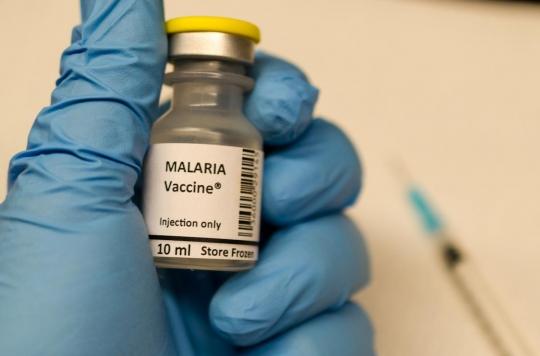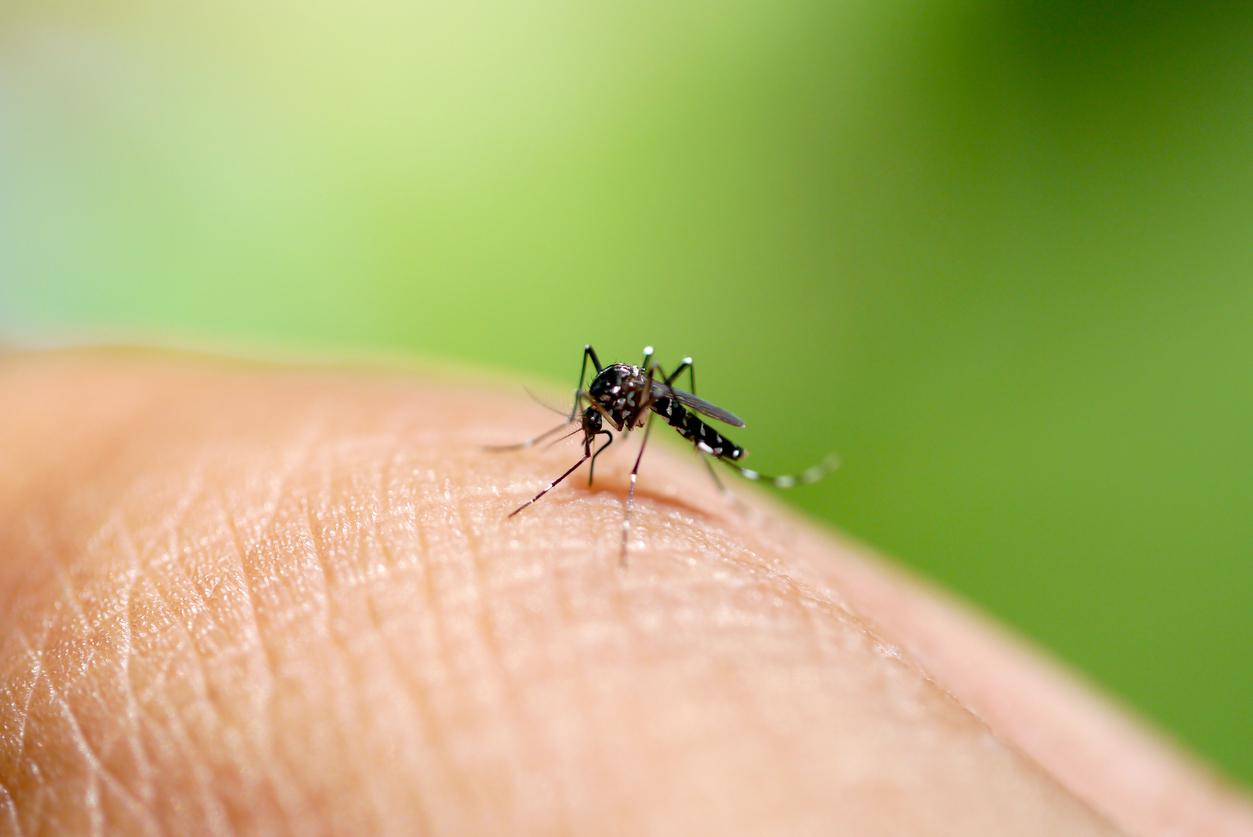The German laboratory BioNTech has started the development of a vaccine against malaria using messenger RNA technology.

- Trials for the malaria vaccine are scheduled to start next year.
- “The probability of success is great”, assures Ugur Sahin, director and co-founder of BioNTech.
Messenger RNA technology is the new weapon for developing future vaccines. After that against Covid-19, cancer and malaria could well be the next two diseases to benefit from an mRNA vaccine. The German laboratory BioNTech, which has developed a vaccine with the company Pfizer, is working on the two solutions.
Clinical trials will start in 2022
Last March, the German scientist Ozlem Tureci, co-founder of BioNTech said that the company is working on a vaccine against cancer. “We have several different cancer vaccines that are based on messenger RNA”, indicated the researcher to the American agency Associated Press. For the time being, no date of placing on the market has been advanced. “It is very difficult to make predictions in the field of innovation developmentshe conceded. But we expect that within a few years we will have managed to complete our vaccines in such a way that we can offer them to people..”
At the same time, the company is working on the manufacture of a vaccine against malaria. “BioNTech intends to develop the first mRNA vaccine for the prevention of malaria”, said the group in a press release published this Monday, July 26. Trials are scheduled to start next year. “The probability of success is high”, assures Ugur Sahin, director and co-founder of BioNTech. The studies will take place in Africa and “other areas where malaria is prevalent“, specifies the press release.
In 2022, the German group announced that it would also start manufacturing a vaccine against tuberculosis.
What is messenger RNA?
Messenger RNA, mRNA or message ribonucleic acid, refers to the copy made of a piece of DNA of one or more genes. As Inserm describes it, our cells need protein to function. The blueprints for making these proteins – our genes – are “kept well protected inside the cell nucleus”. However, the factories that synthesize proteins – the ribosomes – are located outside this nucleus. “Therefore, the manufacture of proteins is not carried out from the original plans, but by relying on their ‘duplicate’: the messenger RNAs“, continues Inserm. mRNAs are therefore molecules responsible for transmitting the information coded in our genome, to allow the synthesis of the proteins necessary for the functioning of our cells. “When a cell needs a protein, the blueprint for making that protein is ‘photocopied’. The copy thus generated – a messenger RNA – is then exported out of the nucleus and joins the ribosomes where it allows the synthesis of the requested protein. Very unstable and fragile, this copy is then quickly destroyed.”
By observing this system, researchers had the idea of using these messenger RNAs to develop vaccines, usually based on the administration of an attenuated or inactivated infectious agent. “The objective is to trigger an immune response directed against the pathogen, associated with the production of memory cells that will protect us in the event of subsequent infection. With messenger RNA vaccines, the idea is to let our cells make the component against which our body will learn to defend itself.”, deciphers Inserm. Thus, the organism is injected with a messenger RNA which corresponds to the production plan of a protein of the targeted virus against which the organism will train to fight. “The advantage of this approach is that RNAs are much simpler and faster to produce than the components of ‘classic’ vaccines. Its defect: the fragility of these small molecules of ribonucleic acid means that vaccine preparations must be kept at an extremely low temperature.”, concludes the Institute.
.














